What is a 4 Stroke RC Petrol Engine?
A 4 Stroke RC Petrol Engine is the most common variant of a spark-ignition engine. The latest spark-ignition engines are 4-strokes driven by petrol Gasoline fuel.
During engine operation, the pistons go through 4 events to achieve each power cycle.
Description of the event is the movement up or down of the piston. Once 4 events are completed, the cycle is complete and ready to start again.
4-stroke petrol engines bring good power, reliability, and efficiency. When it comes to emissions, the 4 lashes separate each event mechanically, reducing the emissions of unburned fuel.
It also separates oil from gasoline, which greatly reduces carbon monoxide emissions. This combination of desirable features has found 4-stroke the top spot in passenger cars today.
Type of Strokes in 4 Stroke RC Petrol Engine
To make better use of the power equipment, 4 Stroke RC Petrol Engines complete and repeat the following steps below:-
Intake Stroke
- Piston lowers cylinder from the dead top (TDC) to lower dead (BDC)
- Intake valve open, discharge valve closed
- The low piston movement creates a vacuum (air pressure) that draws that mixture of air/fuel into the engine with an open opening valve
Compression stroke
- The Piston raises the cylinder from the lower dead center to the upper dead center
- Both the inlet and drain pipes are closed
- The high movement of the piston compresses the air/fuel mixture in the fire chamber
Power stroke
- At the end of the (previous) stroke, the spark plug ignites the compressed air/fuel mixture. This ignition/explosion forces the piston back into the cylinder and rotates the crankshaft, moving the car forward
- The piston lowers the cylinder from the dead center at the top to the dead center
- Both the inlet valve and the exhaust are closed
Exhaust stroke
- The Piston raises the cylinder from the lower dead center to the upper dead center. The force caused by the pulse is the continuous movement of the crankshaft and 3 other strokes in a row
- Adequate valve closed, discharge valve open
- This compensation forces the discharge/discharge to come out of the cylinder. The cycle is now complete and the piston is ready to start a stroke
Working Cycle of 4 Stroke RC Petrol Engine

Intake Stroke: The inlet valve (top left in each picture) is open and as the piston drops to the bottom, this suction pulls the air/fuel mixture into the cylinder.
Compression stroke: Both valves are now closed and the piston compresses the gasoline into a very small volume, preparing the fuel mixture.
Power stroke: With both valves closed, the spark plug – pictured between the feed valve and the exhaust will ignite, igniting the air/fuel mixture. A blast caused the piston to go down and rotate the crankshaft, which then moved the car.
Exhaust stroke: The exhaust valve (at the top right of each image) is now open, allowing the piston to compress the applied electricity from the engine as it rises.
4 strokes (1 engine cycle) are over, and the process is repeated. The air is stressful. When air/fuel is pressed before combustion, the efficiency of the fire is improved.
The pressure gauge is the relation of the cylinder size of the compressed volume. For example, a pressure ratio of 10: 1 (pronounced “10 to 1”) would indicate that the chamber squeezes ten parts of the air/fuel volume to one-half of that volume at the end of the depressive disorder.
A high concentration can give more power to some systems A decrease in high pressure can reduce the durability and the need to use very high (expensive) fuel.
Valves role in 4 Stroke RC Petrol Engine
Air and Fuel (gasoline) enter the cylinder with an inlet valve, and the exhausted electricity dissipates through the exhaust valve.
The use of valves is one of the major distinguishing features of a 4-stroke engine compared to a 2-stroke.
The total number of valves per cylinder will vary depending on engine design (2, 3, 4, 5) but each valve can only be drained.
Pipes open and close at set intervals in relation to the piston, allowing reliable and efficient power generation.
The engine train and valve adjustments vary, but the main purpose remains the same the camshaft is set directly on the crankshaft and works together to control the operation of the engine equipment.
We hope readers can understand this “4 Stroke RC Petrol Engine Definition & Working Cycle” article and the basic fundamentals of an Working Cycle.
CARSUFFER.COM
Read this:- 4-Stroke Diesel Engine Diagram Explain With Pictures
Read this:- How Does a 2-Stroke Diesel Engine Work Explain With Picture
Read this:- What is a 2-Stroke Petrol Engine & the Working of a 2-Stroke Petrol Engine?
Visit site:- www.carsuffer.com

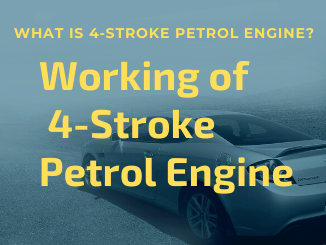
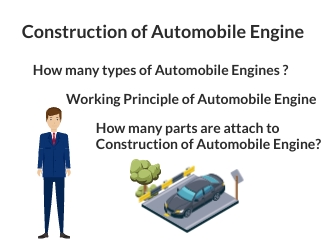
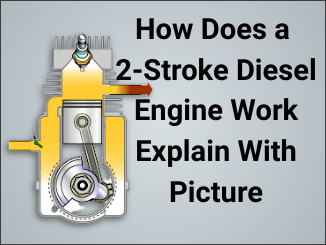
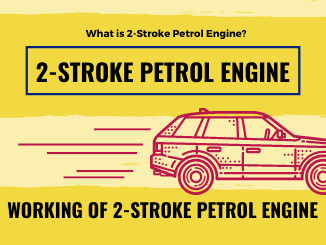


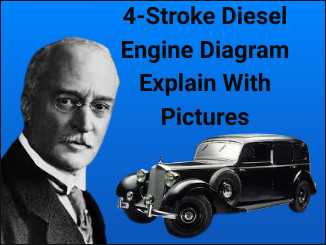
Comments on “4 Stroke RC Petrol Engine Definition & Working Cycle”